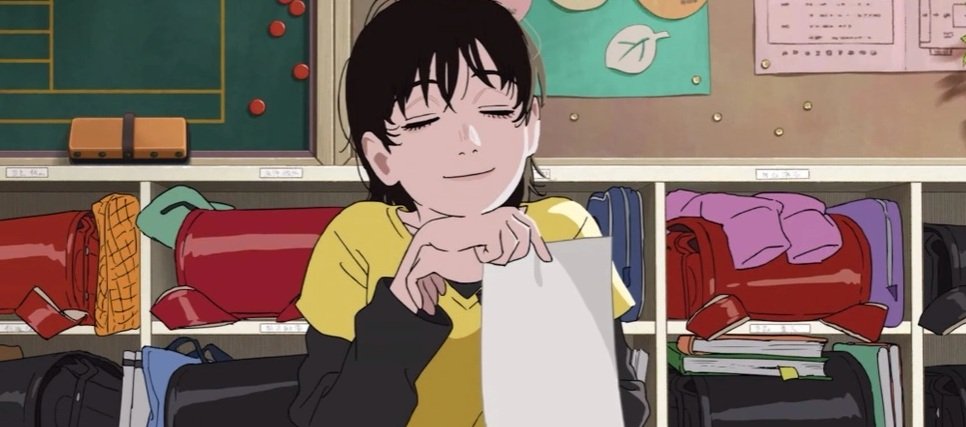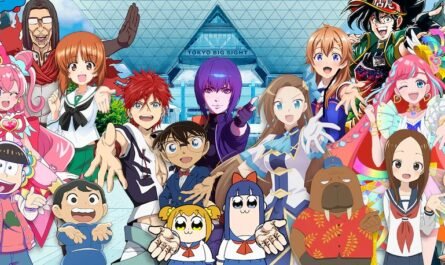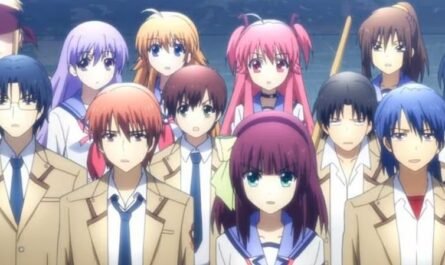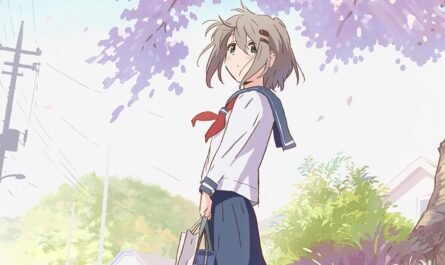The figures in the “Anime Industry Report 2024” released by the Association of Japanese Animations in December 2024 were a bit of a surprise. The global market for Japanese anime in 2023 hit a record high of 3,346.5 billion yen. What was surprising was the high rate of growth. As the market continued to hit record highs every year, it approached 3 trillion yen in 2022, but in 2023, it quickly surpassed the 3 trillion yen mark with a 14.3% increase, creating a new market of over 400 billion yen in just one year.
In terms of market expansion, Japanese anime is doing well. This growing market is generating various trends. One is the intensifying battle for market territory. Anime-related companies are setting growth strategies and aiming for more excellent sales and profits. The anime industry, seen as a collection of small and medium-sized companies in the 20th century, has become big business, with giant corporations thriving.
The Sony Group has a large presence among them. In Japan, it owns the vast company Aniplex; overseas, it owns the video distribution service Crunchyroll. In 2012, Crunchyroll’s paying users worldwide exceeded 15 million.
That’s why the industry was abuzz when it was reported in November that the Sony Group was considering acquiring the entertainment giant Kadokawa. If the two companies’ anime titles and businesses were integrated and one of the four major publishers with a wealth of novels and manga that serve as the source material for anime were to join the Sony Group, it would become an overwhelming presence in the anime industry. In the end, the move was small, with the Sony Group acquiring around 10% of Kadokawa’s shares, but it highlighted the trend of giant companies becoming even more extensive.
The anime industry has always had a lot of M&A, but in 2012, it was particularly noticeable. The aim is to expand the size of companies and their business areas, and there has been a particularly active movement to corral anime studios.
In March, Bandai Namco Filmworks acquired Eight Bit, the studio behind ” Blue Lock. ” In May, Toho acquired Science SARU, the studio behind ” Dandadan. ” In July, Kadokawa acquired Doga Kobo, the studio behind ” Oshi no Ko. ” Toho has also invested in CoMix Wave Films, known for the work of Makoto Shinkai, and Orange, which is highly regarded for its 3DCG animations such as ” BEASTARS .” They all have in common that they are high-quality studios producing hit works.
Toho grew rapidly through aggressive M&A. Corporate acquisitions expanded domestically and overseas. Toho’s acquisition of the American animation film distributor GKIDS surprised the global film industry. With GIKDS, one of the centers of the North American animation industry, as a stepping stone, Toho gained a foundation for overseas distribution.
One of GKIDS’s biggest contributions was the Academy Award for Best Animated Feature for ” How Do You Live? ” directed by Hayao Miyazaki. This is the second time in 21 years that a Japanese work has won the award. The previous time was for Miyazaki’s ” Spirited Away .” In addition to Studio Ghibli’s long-standing high reputation, the recent global Japanese animation movement is likely a reason for its increased attention.
The growing anime industry has also attracted the attention of the country. In June, the Cabinet Office announced a new national growth strategy, the “New Cool Japan Strategy,” emphasizing content. Anime is one of the elements. In conjunction with this, a plan for a National Media Arts Center, a museum for anime, special effects, and games, has been fully launched. This is the first time in 15 years that a museum plan has emerged since the failure of the National Media Arts Center under the Aso administration.
One concern that continues to be raised about this growth is the talent shortage. Although the working environment for production staff is gradually improving, with a shortage of skilled staff, production is uncertain in the future. Anime studios and other such organizations are actively investing in training new talent, and the industry group NAFCA (Japan Anime Film Cultural Association, a general incorporated association) has launched the “Animator Skills Test” to measure the technical capabilities of animators. However, it will take time for these efforts to bear fruit. Continuing these efforts will be the key to the future.
An epoch-making anime work was ” Look Back,” directed by Oshiyama Kiyotaka. While big-budget anime made by hundreds of staff members tends to get attention, this was created by a small staff at the director’s studio. At 58 minutes, it’s a difficult length for a movie to sell at the box office, but word of mouth made it popular and became a hit, grossing over 2 billion yen. It also attracted attention from a business perspective, with a flat fee of 1,700 yen and Amazon Studios’ participation in the production.
Another characteristic of 2024 was the accelerated reboot boom of classic masterpieces such as ” Ranma 1/2,” ” Magic Knight Rayearth,” and ” Cat’s Eye .” Amid this, Khara, known for the “Evangelion” series, excited fans by announcing the production of new works for long-running big titles ” Space Battleship Yamato ” and ” Gundam .” As Khara is led by Anno Hideaki, adept at rebooting classic works for a new era, expectations are high for 2025 and beyond.











